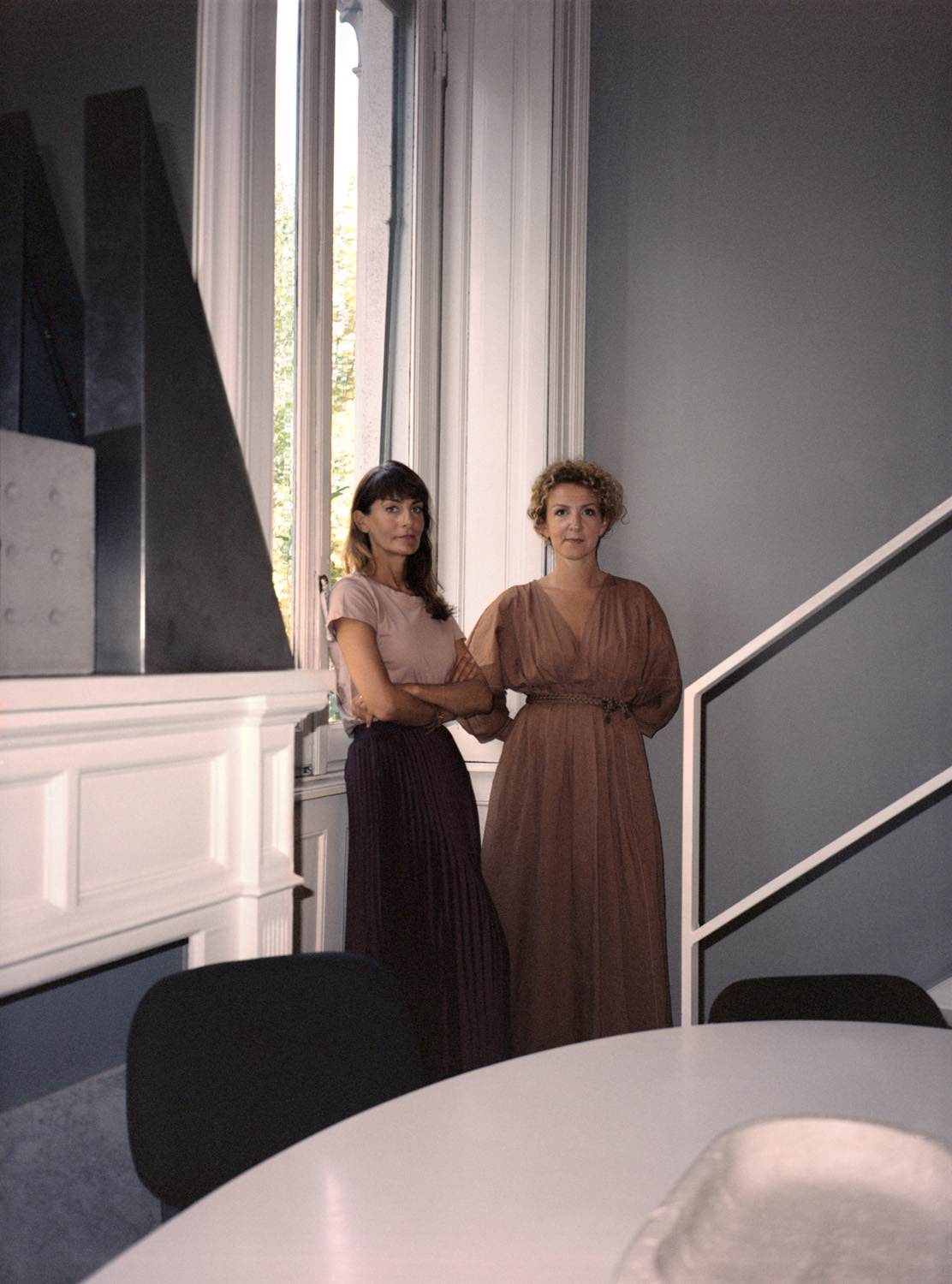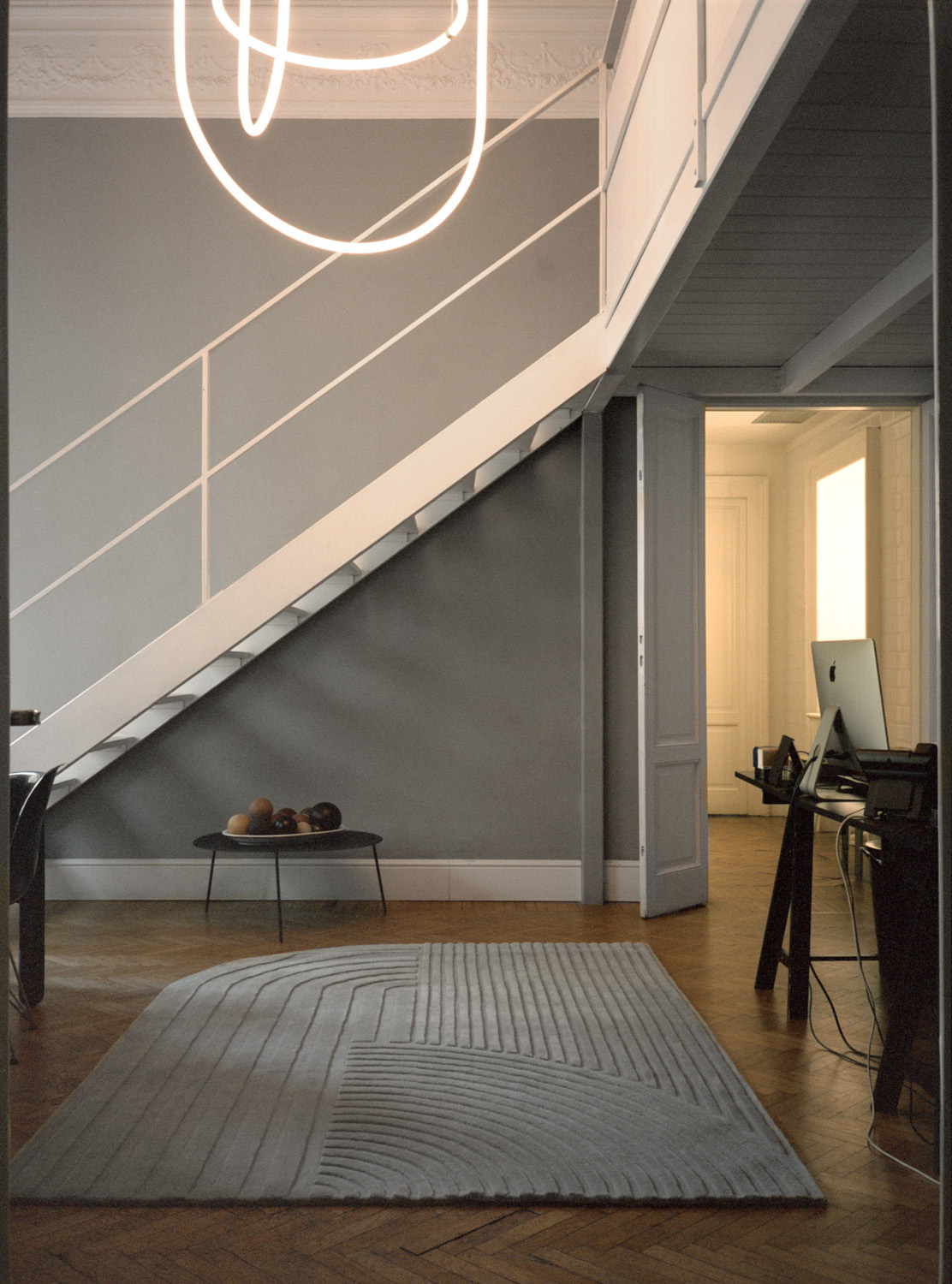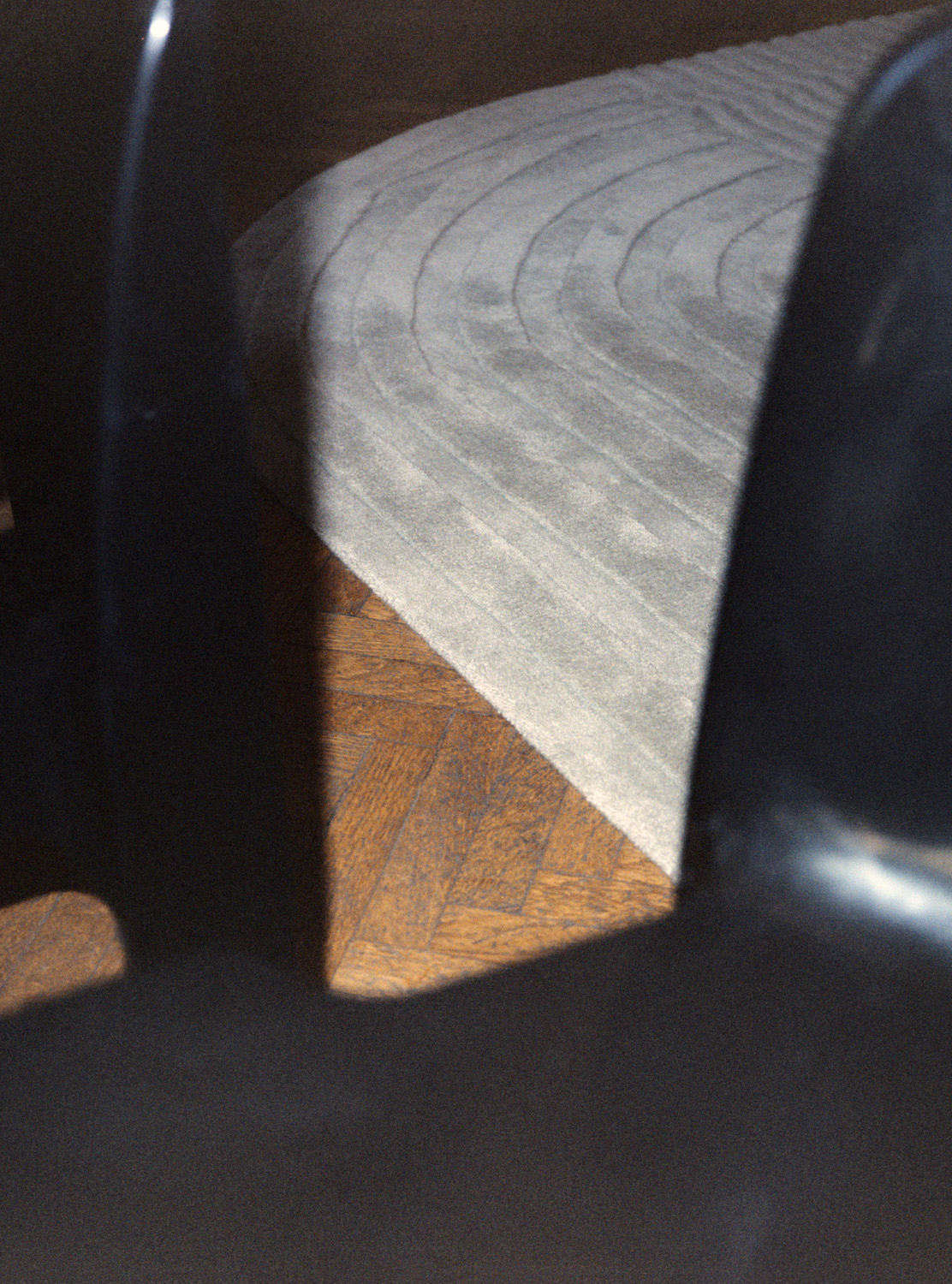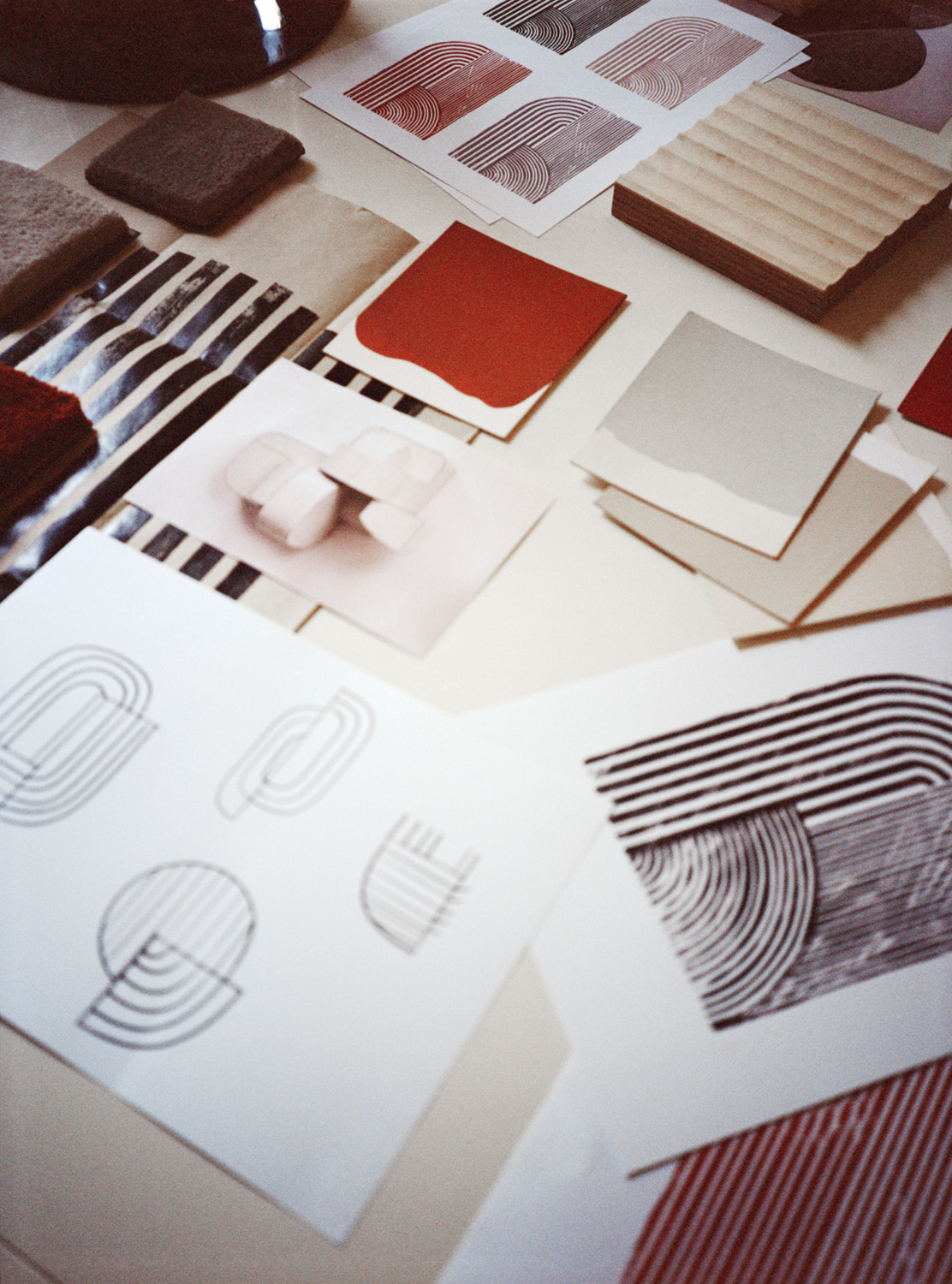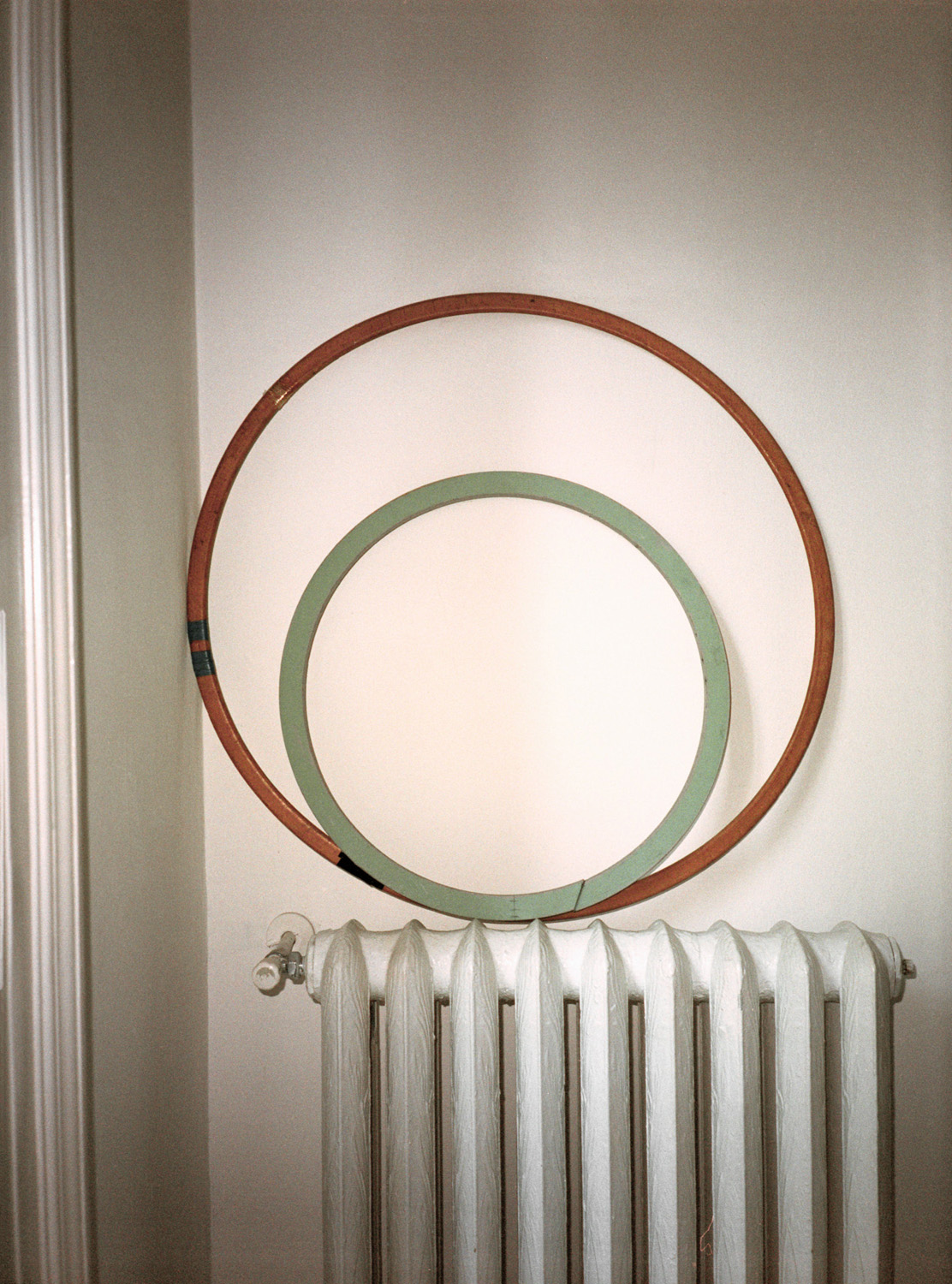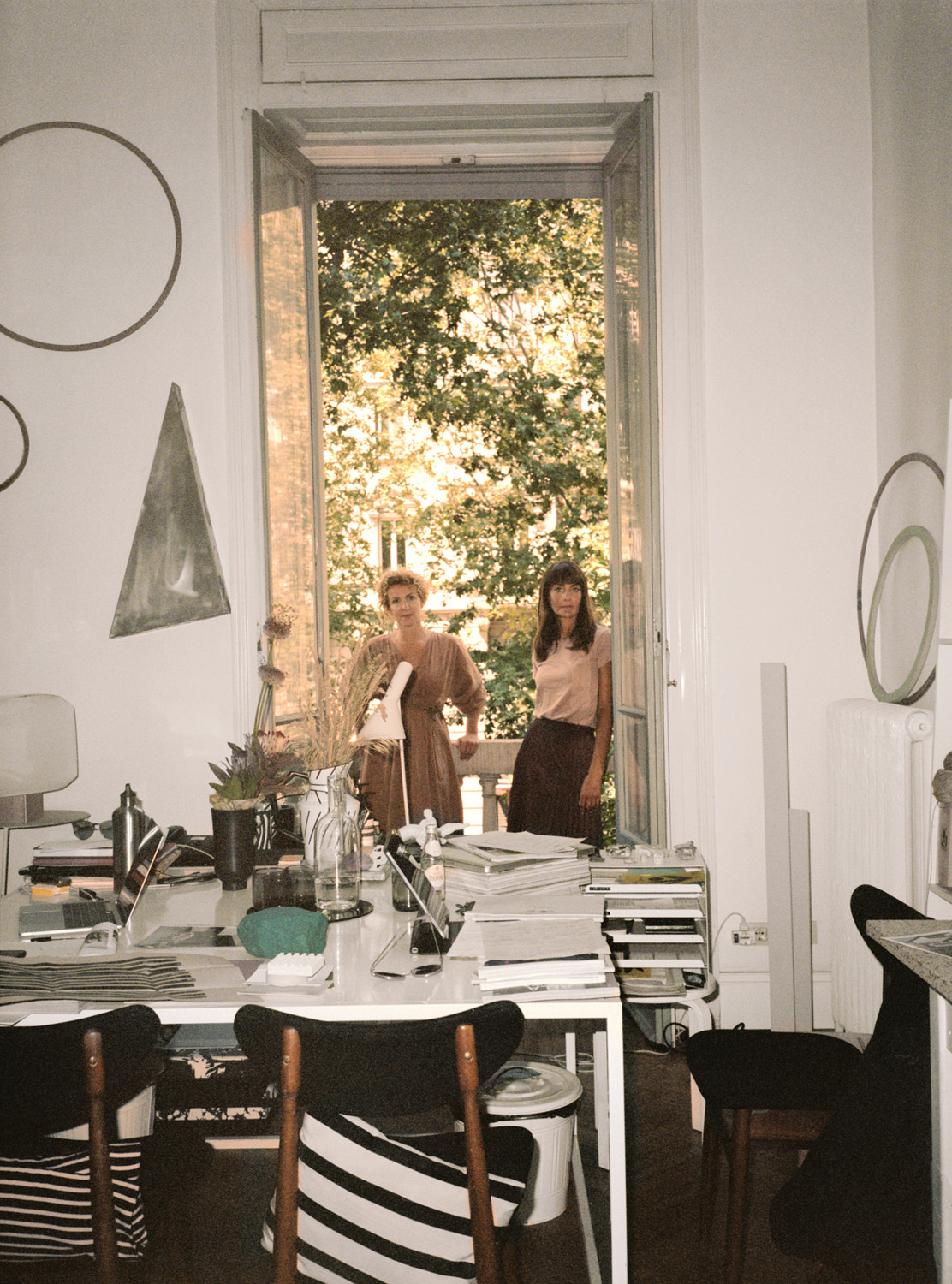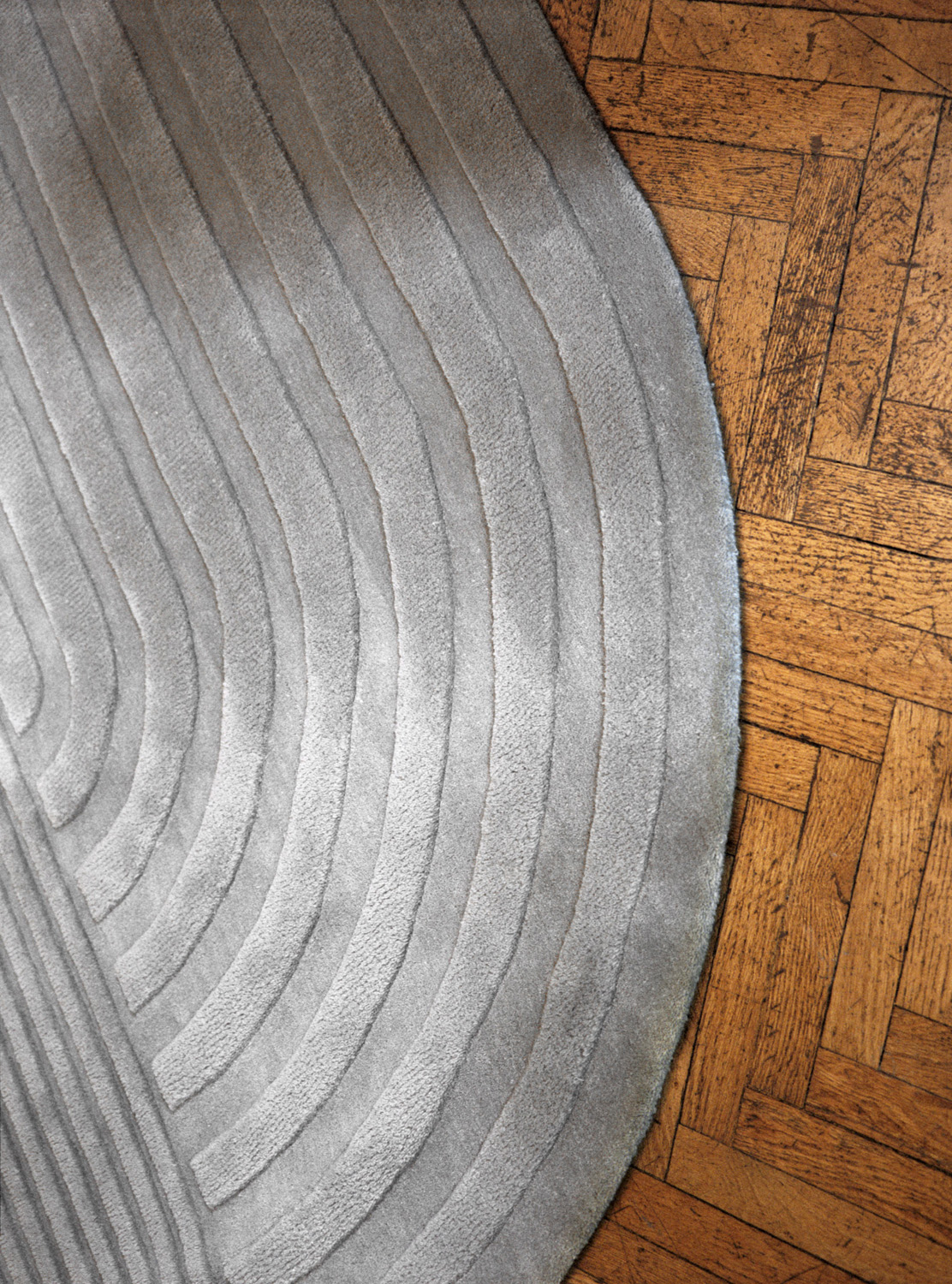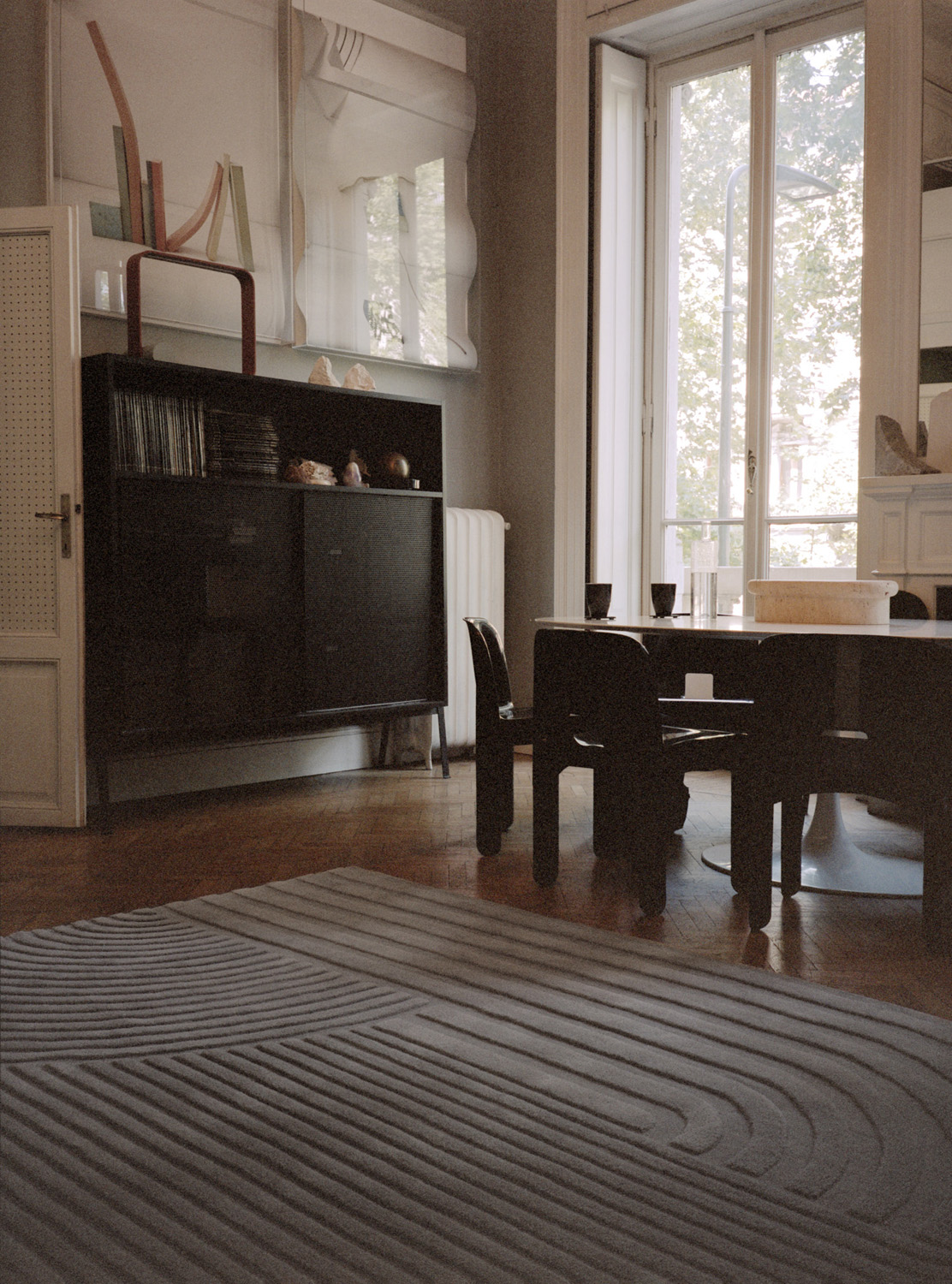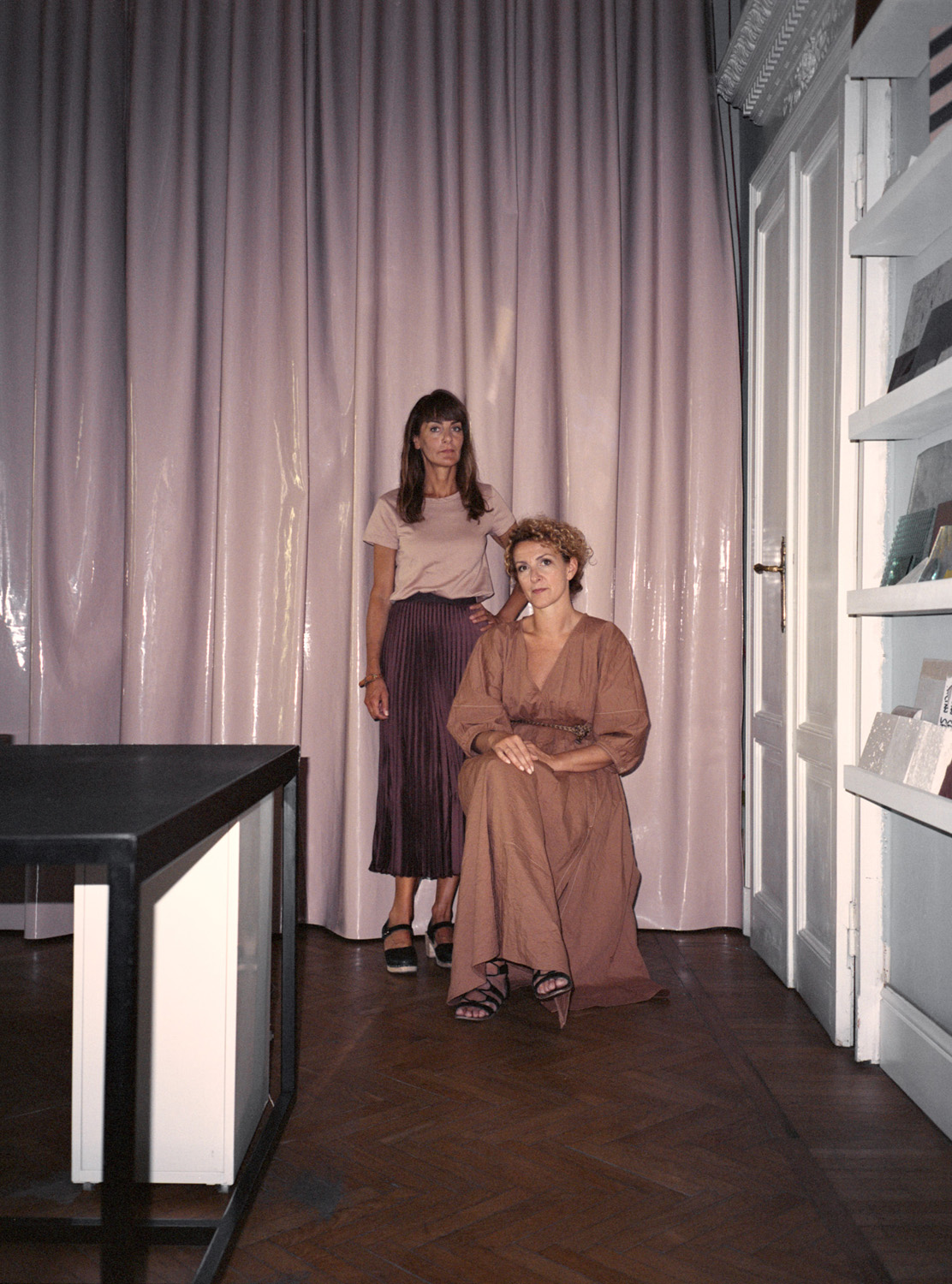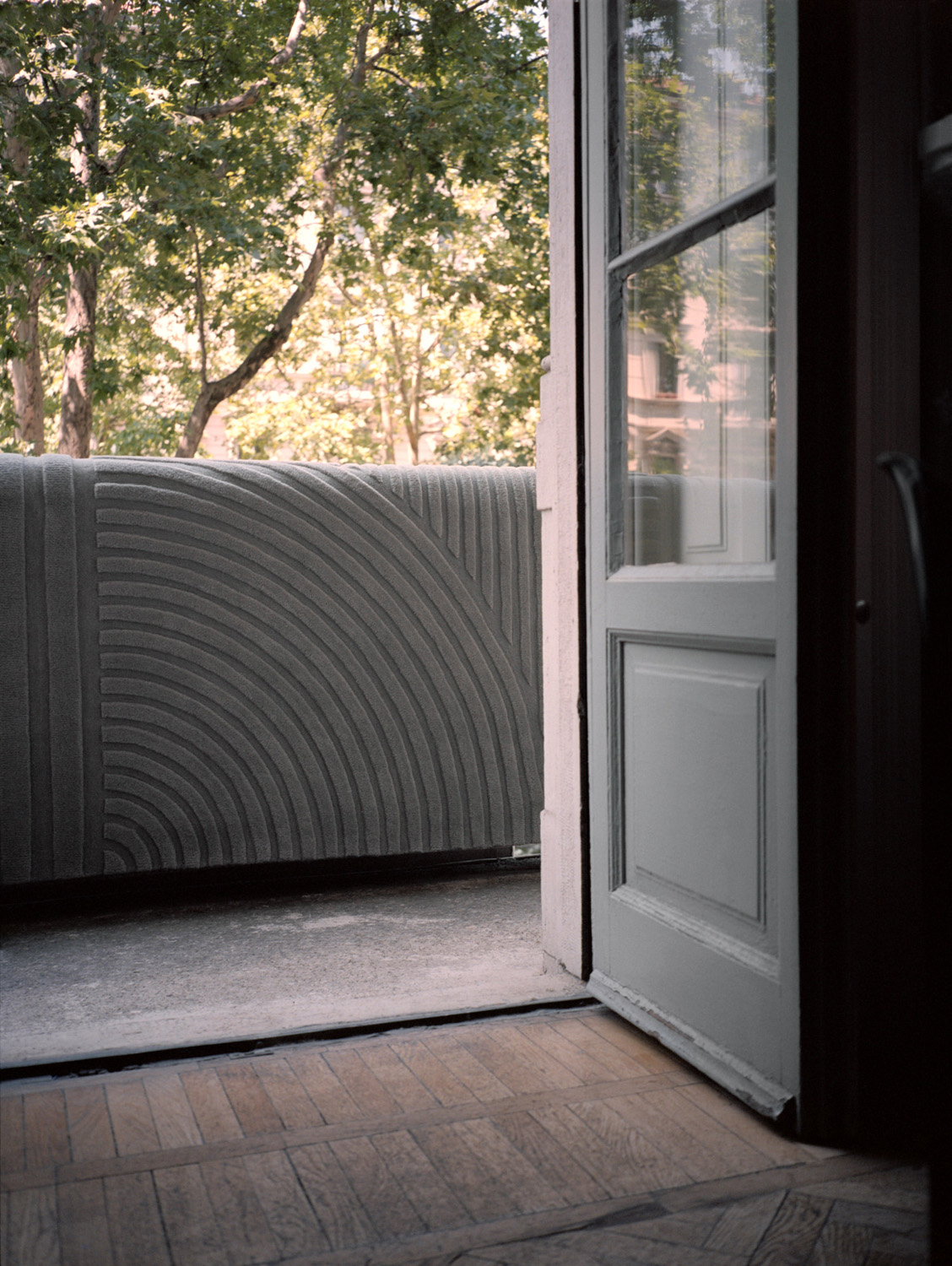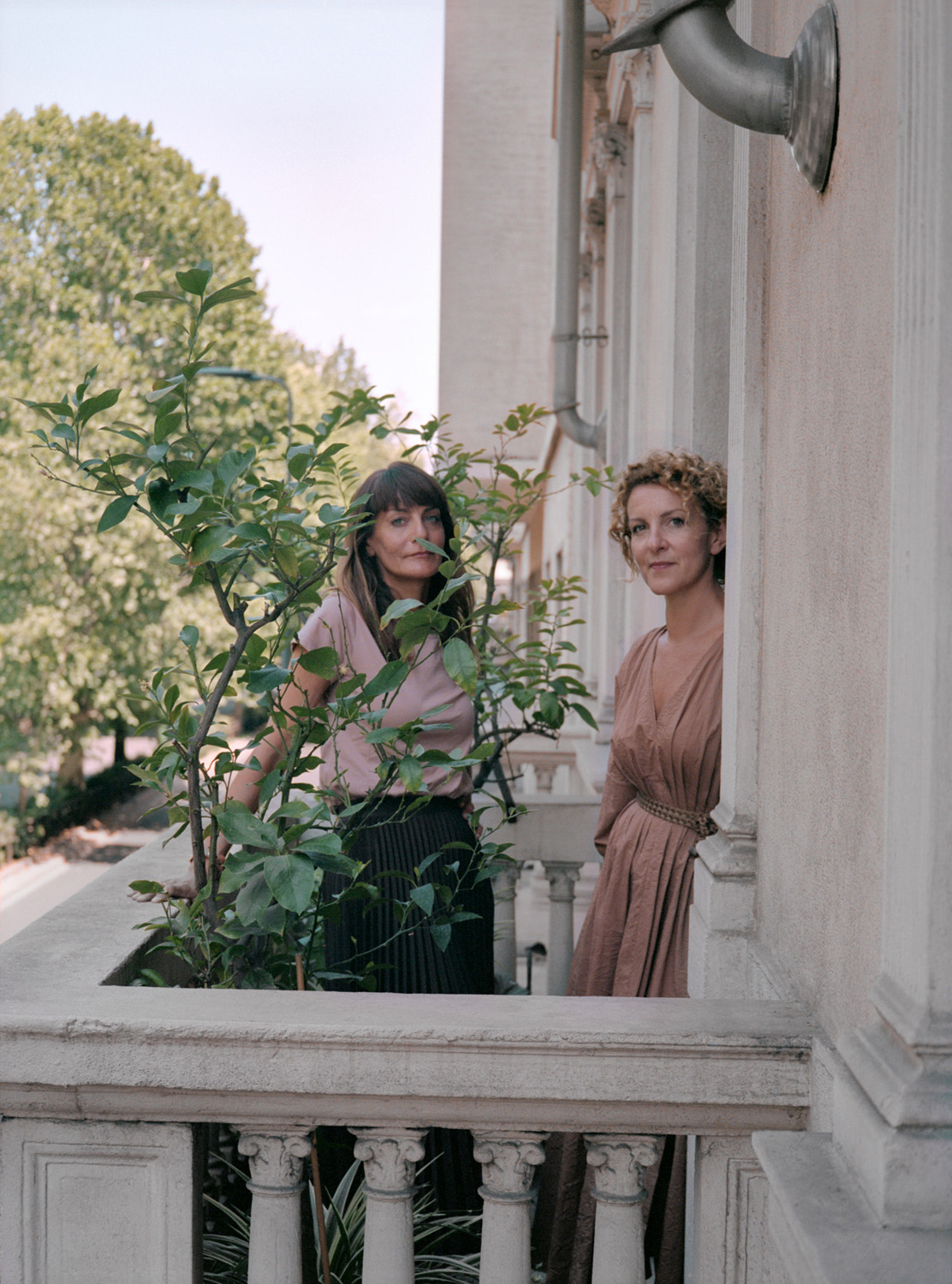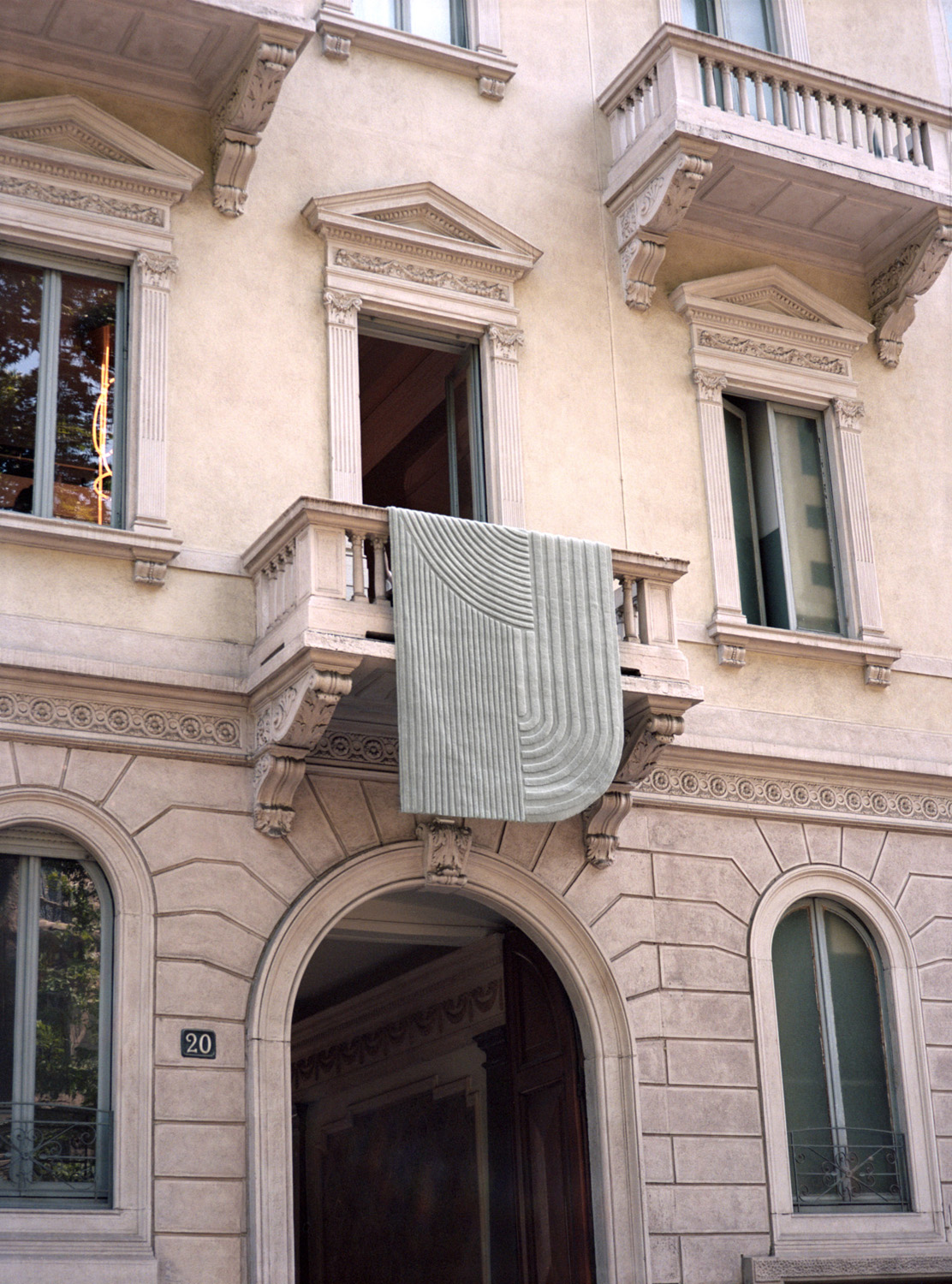Starring:
Relevo is a carpet: very soft.
Studiopepe is a multidisciplinary design studio based in Milan.
Muuto is a brand, rooted in the Scandinavian design tradition.
We live in a time—it would seem—in which the transition from the very small to the very large can be accomplished in a flash, a time of polarisations or perhaps simply a time of magic in which it is not clear whether magicians or well-applied formulas count more. What about starting from the origins?
GUIDO MUSANTE: I wonder, then: if Relevo Rug was not a rug, what object would it be? (Its name was Relevo. Would it have been Relevo even if it had not been called Relevo?)
STUDIO PEPE: It would have been a walk on the beach shaped by the waves.
GM: How do you build a space from an object? (Le Corbusier used to place furniture before walls—and that curved corner…)
SP: Every space is like a microcosm of relationships and balances. Through relationships with things, spaces are defined (I’m thinking of Perec). Relevo welcomes and does not delimit.
GM: The carpet-landscape, energy and silence. (Walter De Maria gave only one interview in his life, after finishing The Lightning Field, in 1971. Apparently he was “intensely private”—despite playing in the Primitives).
SP: The carpet is an island. It anchors us within a space but, at the same time, makes us fly into dreamlike dimensions like Aladdin’s carpet.
It is the place of recollection, or sacred place for many cultures. It is loaded with symbolic meanings like oriental carpets, silent tellers of stories and myths.
GM: The main technical difficulty faced in this project.
SP: Communicating at a distance, without being able to move.
GM: The play of shadows gives the feeling that the carpet is two-toned and not monochrome: after other experiences with color variation—Luceplan, Ceramica Bardelli, etc.—CMF design this time seems to call in form as a primary element (but let’s not tell Clino about that).
SP: Form alters the perception of light and therefore color. Color alters the perception of form and therefore of architecture. In an eternal game of rebound. We like to play with this concept because Design itself affects our perception, not only of things but of the world.
GM: Let’s talk about the tension between Scandinavian and Italian design. Fifty years ago—always 1972—with New Domestic landscape, America discovered that “design” was an Italian as well as a Northern European word. If we tried to imagine something similarly radical today (from primary to primitive)?
SP: Today, design is less and less geolocalizable. The worlds it refers to are transversal, fluctuating and not belonging to a physical place.
Minimalism, which has always been cold and somewhat repelling, has retained the essence of formal cleanliness and has been transformed into something warm, tactile, material, primal, enveloping, rounded. From the masculine principle to the feminine principle. Perhaps symptomatic and anticipatory of a need of the human being. A return to the origins.
